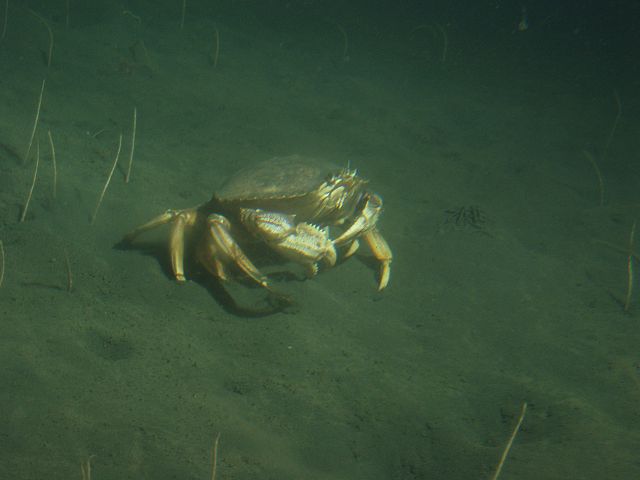Three years of trialing rope-less or “pop-up” fishing gear in California’s restricted Dungeness crab areas are showing reliable outcomes.
Positive feedback so far in 2025 has come from fishermen who crabbed late into June beyond the normal commercial fishing timeline.
One of these is Brand Little, who acclaimed his chance to fish until late June, extending the usual April 9 closure.
In his part, expert Geoff Schester, PhD, told KSBW Action of a successful first full commercial use of “pop-up” gear this season.
Schester cites that the 25,000 traps with GPS pop-up lines that featured in 2025’s trials scored a 98% reliability degree.
During the 123 boating trips of the April 9-June 30, 2025 run, all strings in thousands of traps stayed intact.
Why Rope-less Gear?
The fact that no strings disappeared in the course of the foregoing 2-month session forms the heart of rope-less deployments.
Conversely, roped traps have gained notoriety for entangling right whales. This forced the California Department of Fish and Wildlife (CDFW) in 2021 to shorten the commercial season to January, henceforth.
Frequent closures, the shortening of seasons and sometimes limited quotas all cost commercial crabbers economic hardships.
The current season delayed by a month while 2024’s allowed only 50% of normal landing volumes.
For rope-free fishing, the reverse is true: in the April-June 2024 trials, 19 eligible fishers made 277 trips using 23,048 “pop-up” gear. They caught 229,000 pounds of crabs worth $1.6 million, which coincided with off-season summer prices.
It is such gains and the high success rate of the “pop-up” system that makes rope-less crab fishing gear promising. The statistics below examine the wide range of crabbing equipment in use today before the coming of the detached types.
California Crab Fishing Gear Statistics
Crabbing gear in California are a key part of any professional fisher as they are entrenched in the law. According to the California Department of Fish and Wildlife (CDFW), Dungeness fishers need valid crab traps under section 29.80 (c) of CCR/ T14 while recreational fishers can employ crab loop traps or hook nets.
Traps normally weigh between 80 and 100 pounds each. If a crabber is using multiple traps, they may need to long-line them for single-point hauling. Thus, apart from crab traps, lines are essential.
On top of paying resident fishing license fees, fishermen also purchase crab gear in the $300-1000 range. Traditional crab pots normally average from as little as $56 to as much as $300, according to Fishing and Fish. Other major costs include those for traps, which sometimes reach $150 apiece. Lines, on the other hand, go for as little as $15 to $50 per 100 feet.
